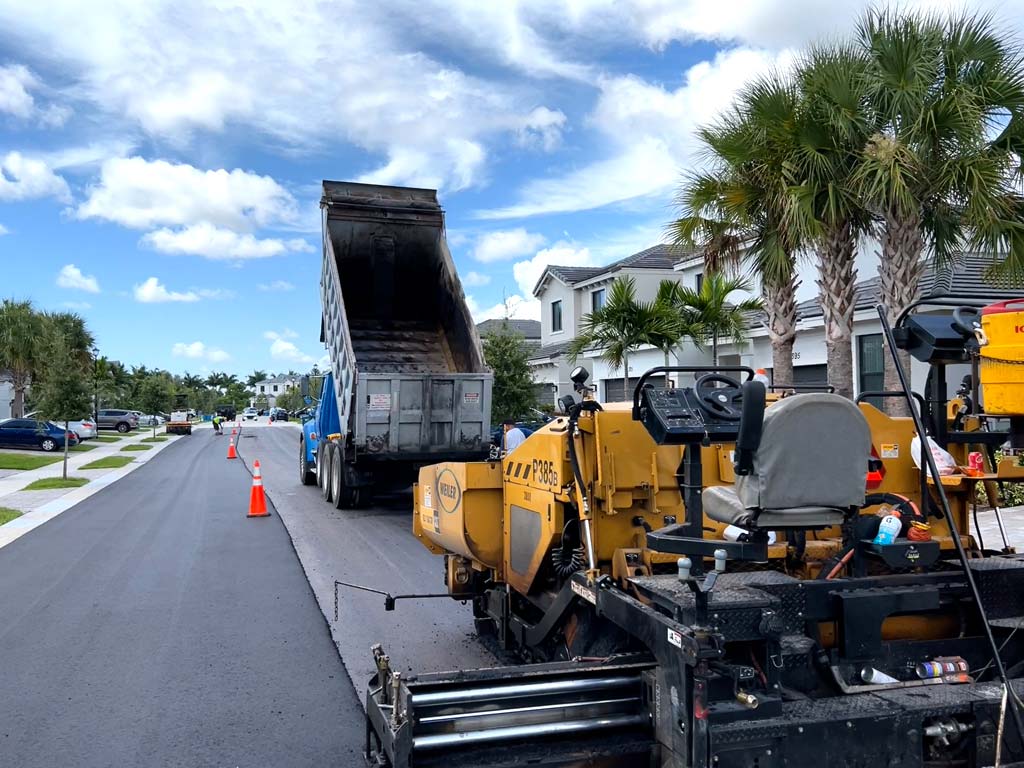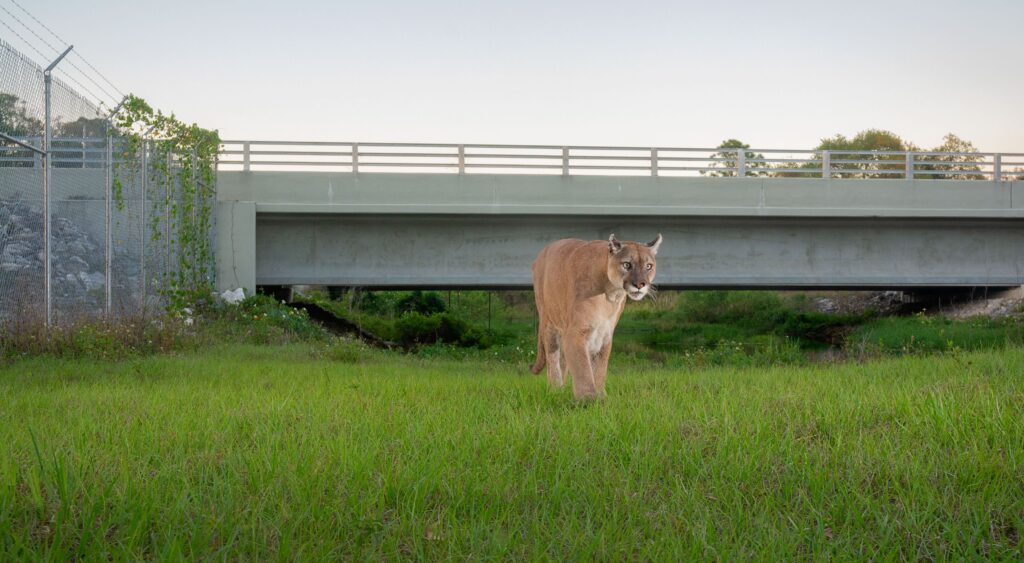Soil sealing covers the natural surface of soil with manmade materials that prevent water from infiltrating the ground. Examples of these impervious materials include the asphalt, cement, and concrete that are used to build roads, bridges, and buildings. In fast-growing places like Florida, where Go Natural Education is based, soil sealing is increasing as native grasslands disappear.
Negative Environmental Impacts
Soil sealing has negative environmental impacts in five major areas.
- Soil degradation
- Reduced water infiltration
- Increased flooding
- Loss of biodiversity
- The urban heat island effect
The following sections explain and compare sealed soils to grasslands.
Soil Degradation
Healthy soil is rich in organic matter, earthworms, and soil microbes that help support plant growth. Soil sealing disrupts the natural processes that break down organic materials like dead plant matter, including grasses. This degraded soil is more prone to soil erosion and compaction. Of course, sealed soil can’t support plant growth.
Reduced Water Infiltration
Water infiltrates the ground by moving through the soil’s surface and penetrating deeper layers until it reaches the water table. Percolation, the movement of water through the soil, suffers when surfaces are sealed. There’s more surface runoff and less groundwater recharge, the process by which underground aquifers are replenished. By contrast, grasslands absorb water.
Increased Flooding
Soil sealing increases the risk of flooding since water that can’t flow through a surface runs off it instead. If there is a heavy rainfall, the volume of water and the velocity of the runoff may overwhelm drainage systems. Because grasses have fibrous, branching root systems, they improve drainage and slow water flow.
Loss of Biodiversity
Biodiversity refers to the variety of plants and animals in a region and the interactions between them. For example, the grasslands in the Southeastern U.S. are home to more than just grasses. They sustain grazing animals such as whitetail deer and contain wildflowers that bees pollinate. These grasslands need natural soils rather than sealed surfaces.
Urban Heat Island Effect
Heat islands are urbanized areas that experience higher temperatures. That’s because structures such as buildings and roadways absorb and re-emit more of the sun’s heat than natural landscapes. Heat islands increase the demand for air conditioning, but they also impair water quality. As warmer runoff is released into waterways, aquatic species such as fish may suffer.
Green Grass and Best Practices
More compact urban designs, permeable pavements, and rooftops with grass can provide ways to reduce soil sealing. The preservation of native grasslands is also critical, especially for the plants and animals that depend upon them. Balancing development and sustainability isn’t easy, but life literally depends on it.


